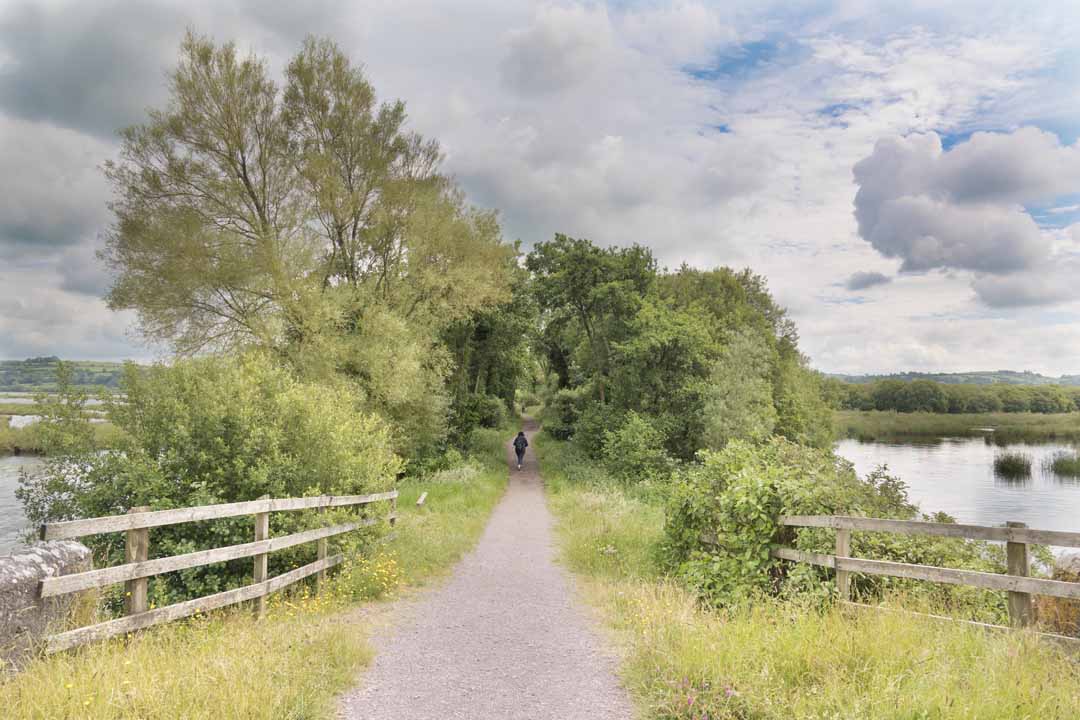
The Gearagh gets its name from “an Gaorthadh”, the wooded river.
The Gearagh gets its name from “an Gaorthadh”, the wooded river.
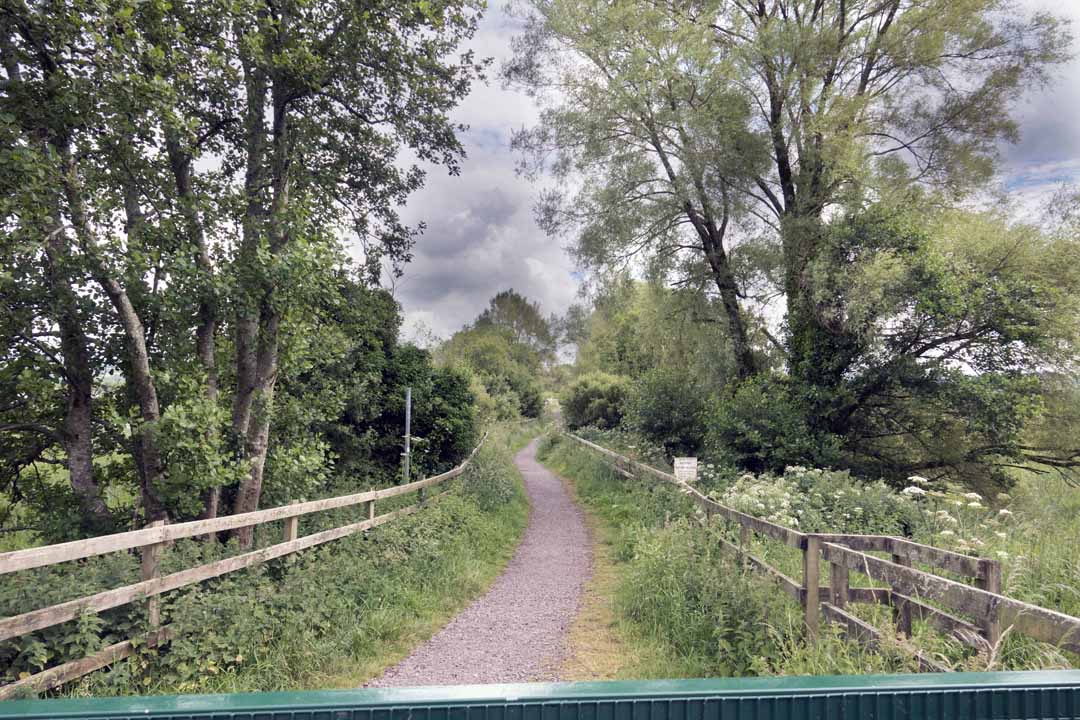
It is a unique place of streams, narrow channels and small islands covered by oak trees which was formed in the basin of the Lee at the end of the last ice age.
It is a unique place of streams, narrow channels and small islands covered by oak trees which was formed in the basin of the Lee at the end of the last ice age.
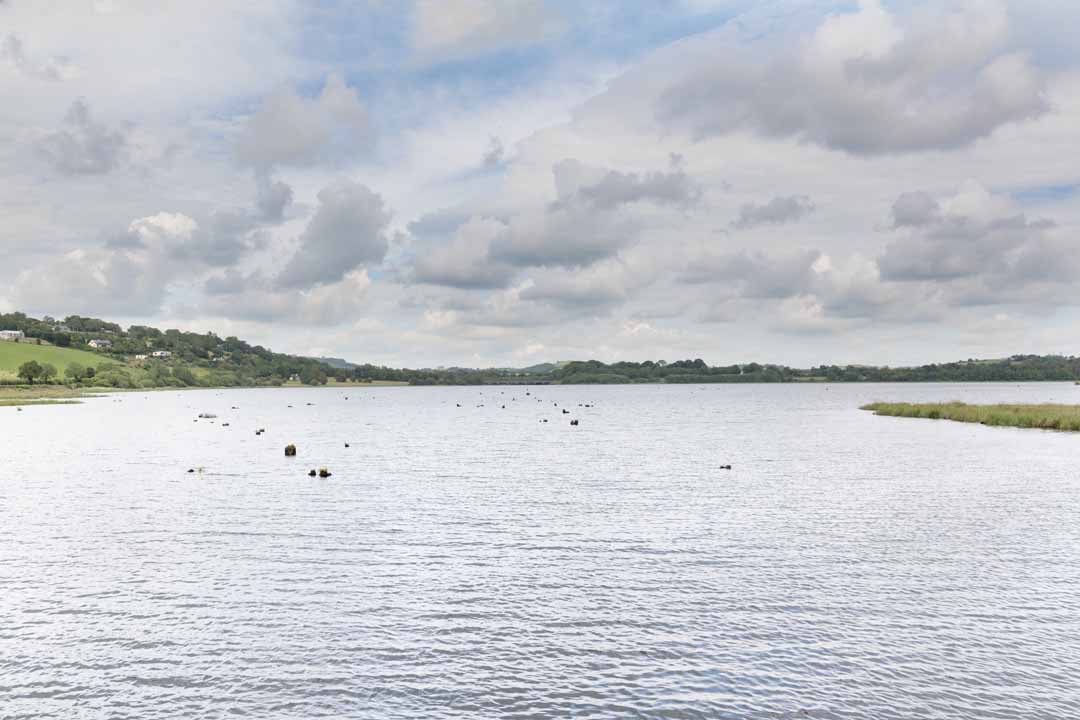
The area is a haven for wildlife, being wet, marshy and overgrown. It represents the only significant alluvial forest in Ireland.
The area is a haven for wildlife, being wet, marshy and overgrown. It represents the only significant alluvial forest in Ireland.
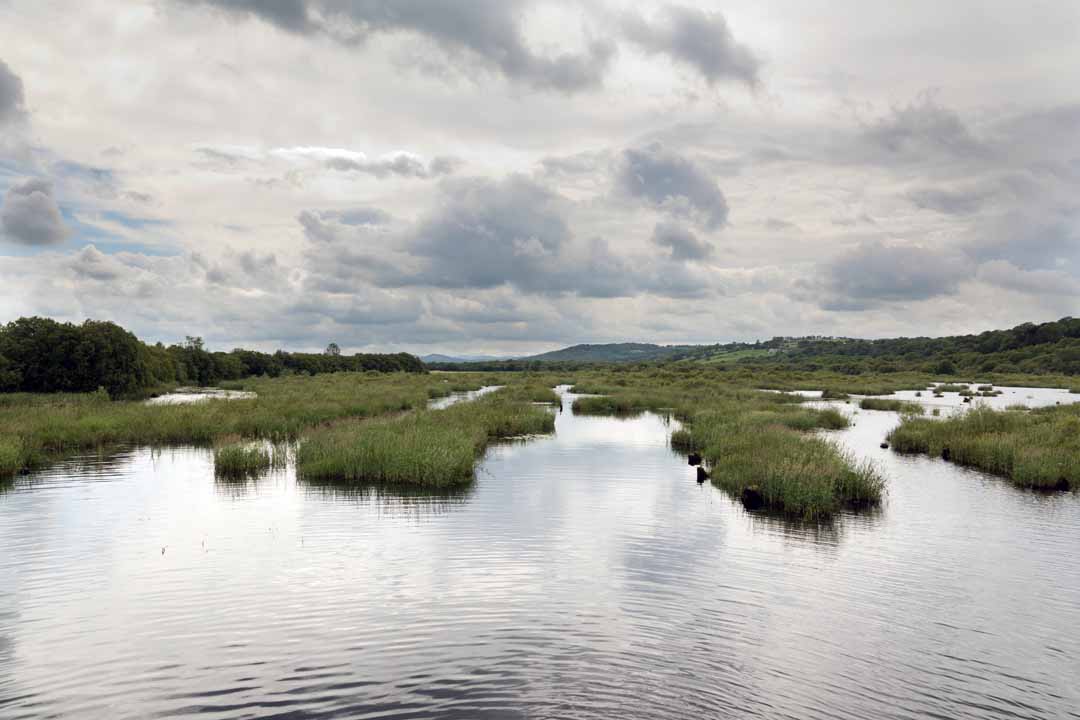
In 1987 The Gearagh was declared a statutory nature reserve, under the Wildlife Act, 1976. It is managed by Duchas, The Heritage Service, with the active co-operation of ESB, who own the land.
In 1987 The Gearagh was declared a statutory nature reserve, under the Wildlife Act, 1976. It is managed by Duchas, The Heritage Service, with the active co-operation of ESB, who own the land.
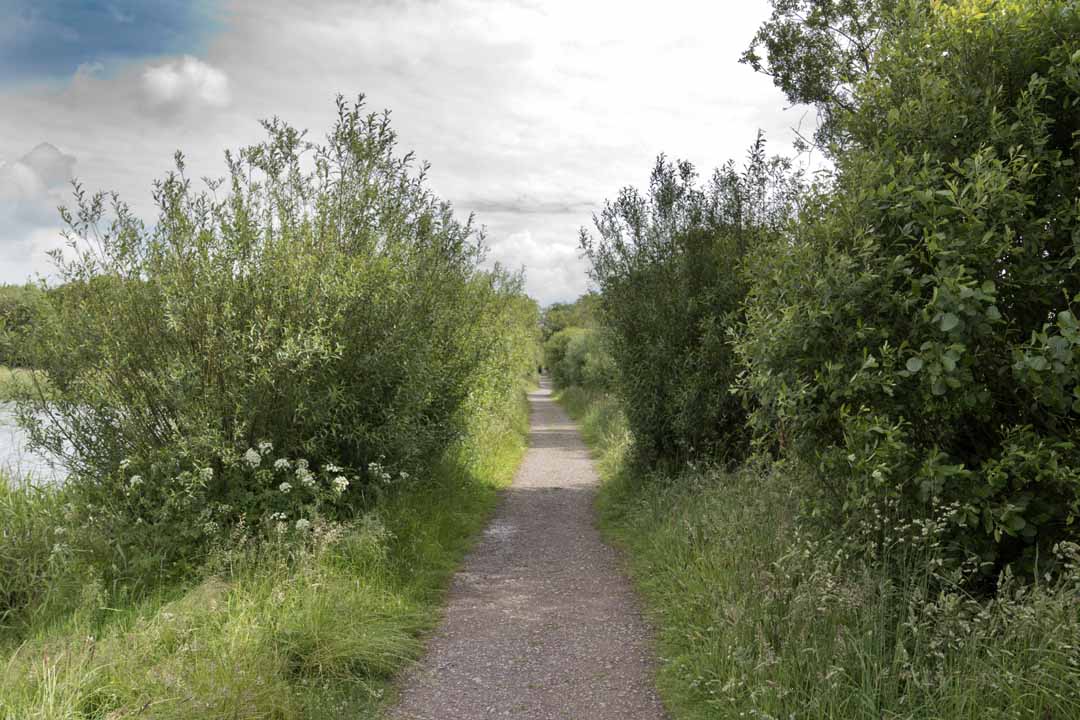
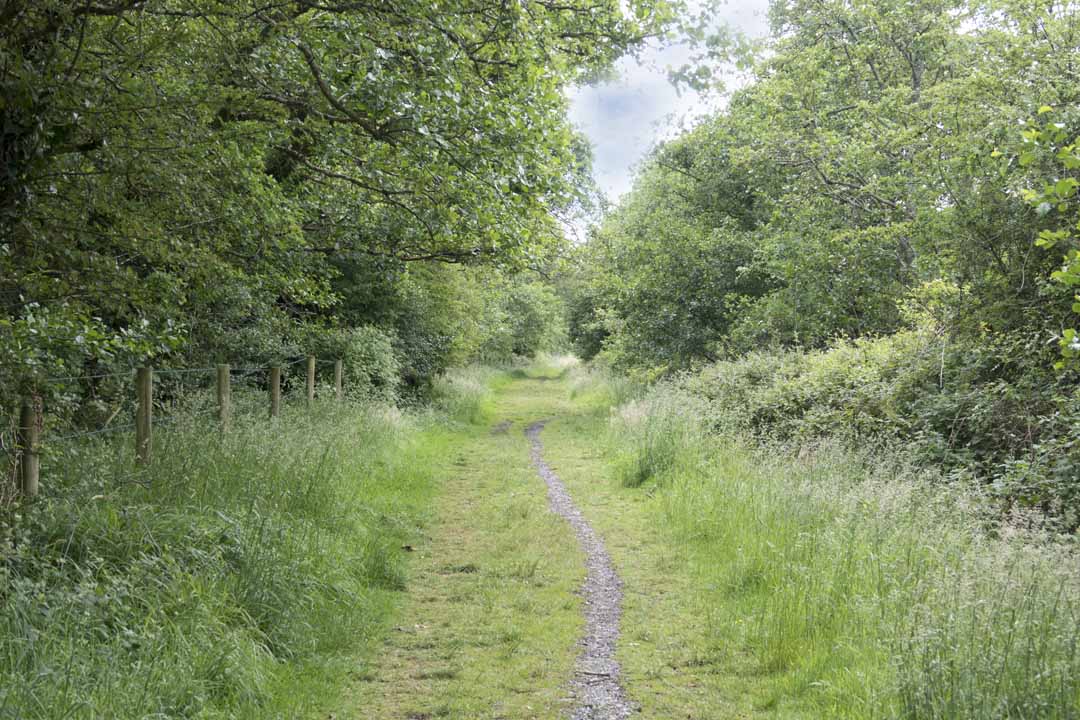
Please enjoy the Gearagh
Please enjoy the Gearagh

Warrenscourt
Warrenscourt
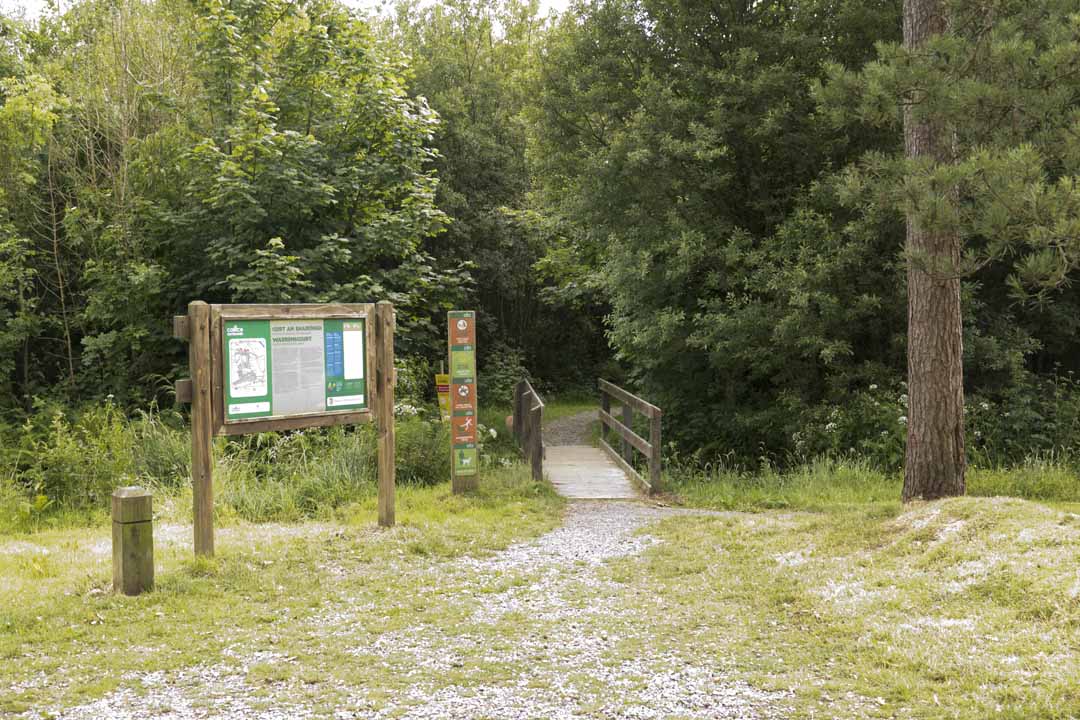
From above
Warrenscourt comprises of 110 hectors of gently sloping woodland. It has a northerly aspect overlooking the Buingea river, a tributary of the River Lee, and the rich farmland all around it.
Warrenscourt comprises of 110 hectors of gently sloping woodland. It has a northerly aspect overlooking the Buingea river, a tributary of the River Lee, and the rich farmland all around it.
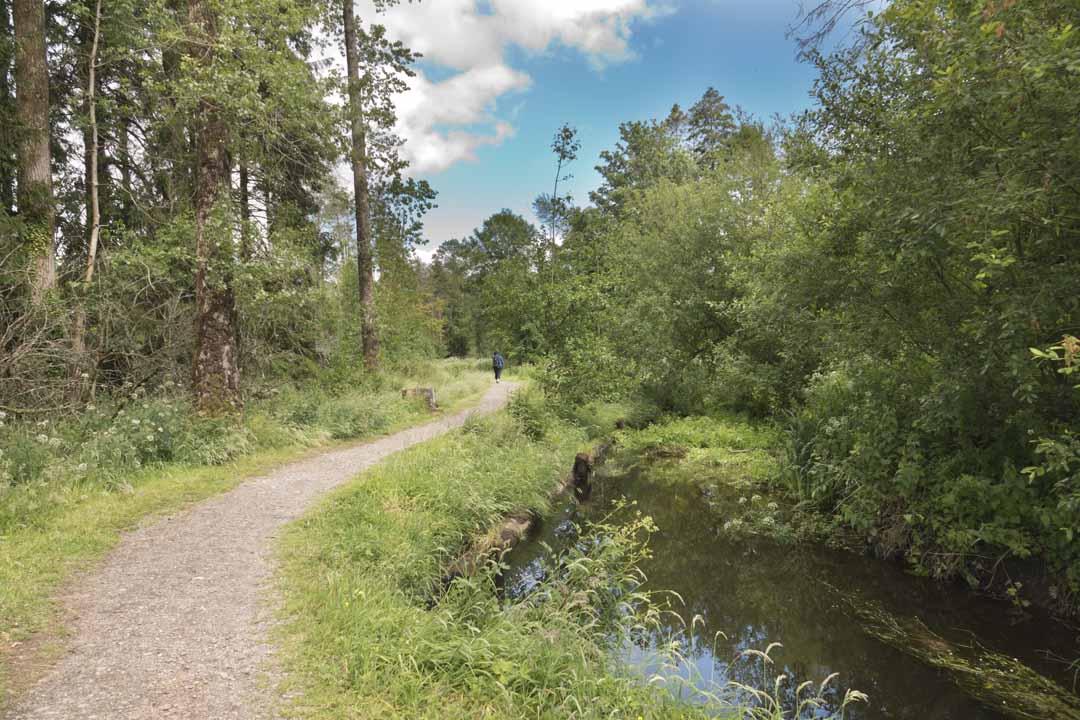
Once part of the Warrenscourt demesne its oak and beech woodlands became depleted during the Second World War, they were restocked mainly with conifers in the early sixties.
Once part of the Warrenscourt demesne its oak and beech woodlands became depleted during the Second World War, they were restocked mainly with conifers in the early sixties.
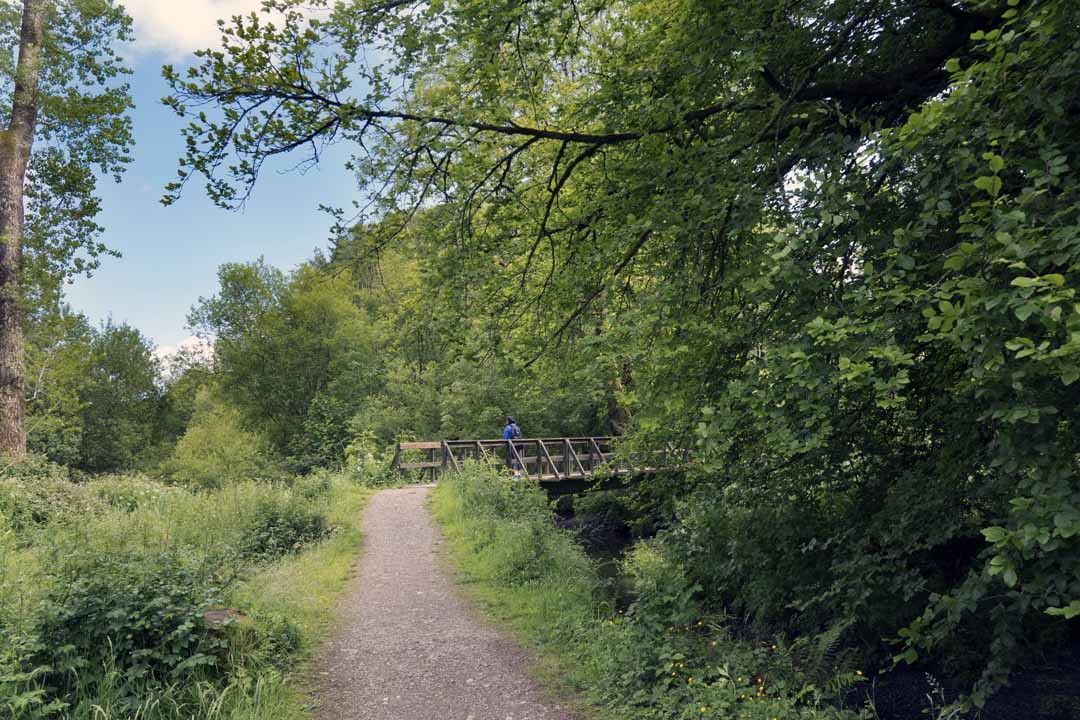
From this car park, there is a trail through mature Norway spruce that skirts the Buingea river which is framed by giant poplars reaching 30 meters towards the sky. Warrens bridge with its five arches may be viewed from this point.
From this car park, there is a trail through mature Norway spruce that skirts the Buingea river which is framed by giant poplars reaching 30 meters towards the sky. Warrens bridge with its five arches may be viewed from this point.
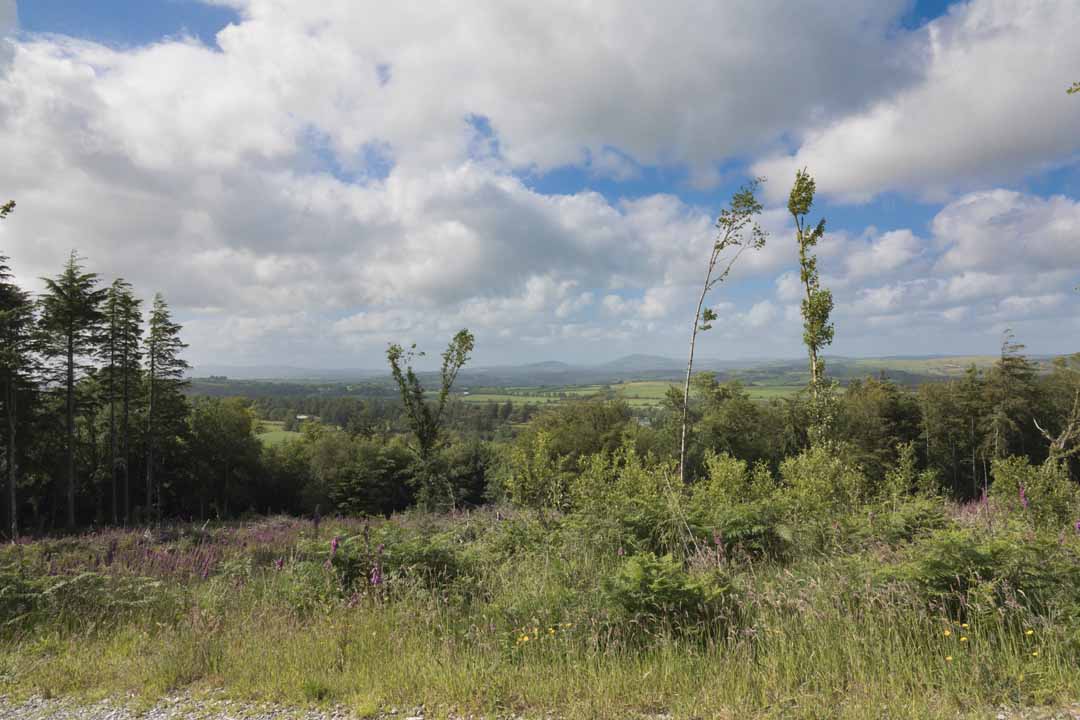
Travelling east along the trail through giant poplars one arrives at a footbridge across the Buingea and into a stand of semi mature Norway spruce with an odd giant beech and a scattering of ash, beech and sycamore.
Travelling east along the trail through giant poplars one arrives at a footbridge across the Buingea and into a stand of semi mature Norway spruce with an odd giant beech and a scattering of ash, beech and sycamore.
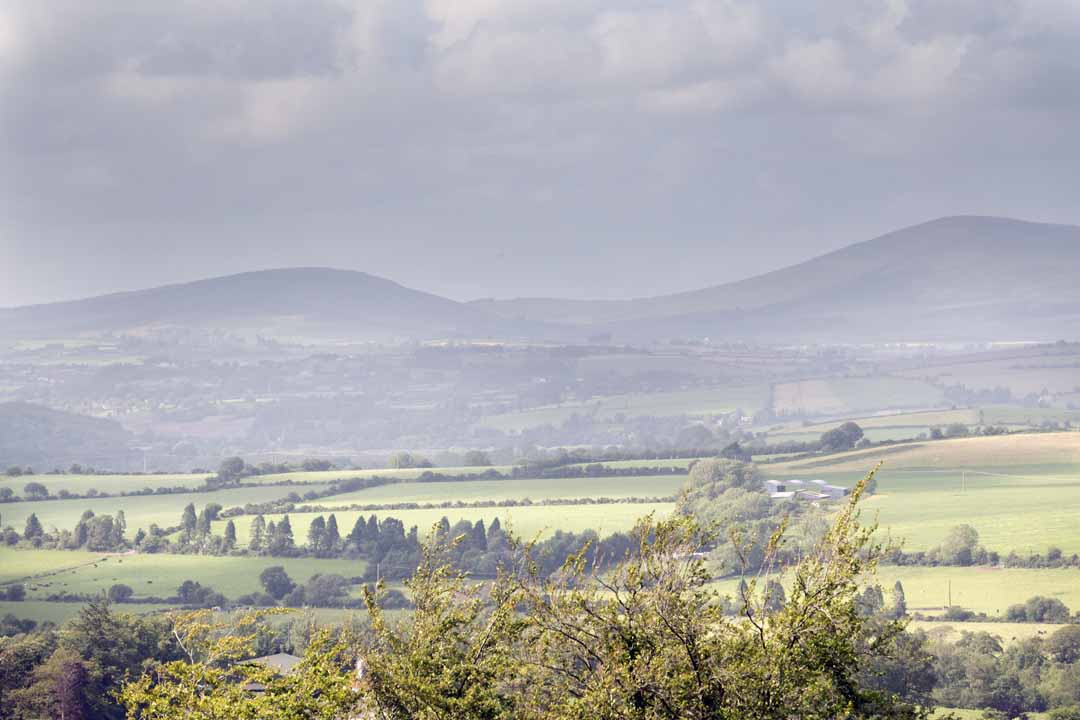
A generous helping of deadwood along with damp soil conditions provides the perfect habitat for mosses, lichens, algae, fungi and creepy crawlers of all kinds.
A generous helping of deadwood along with damp soil conditions provides the perfect habitat for mosses, lichens, algae, fungi and creepy crawlers of all kinds.
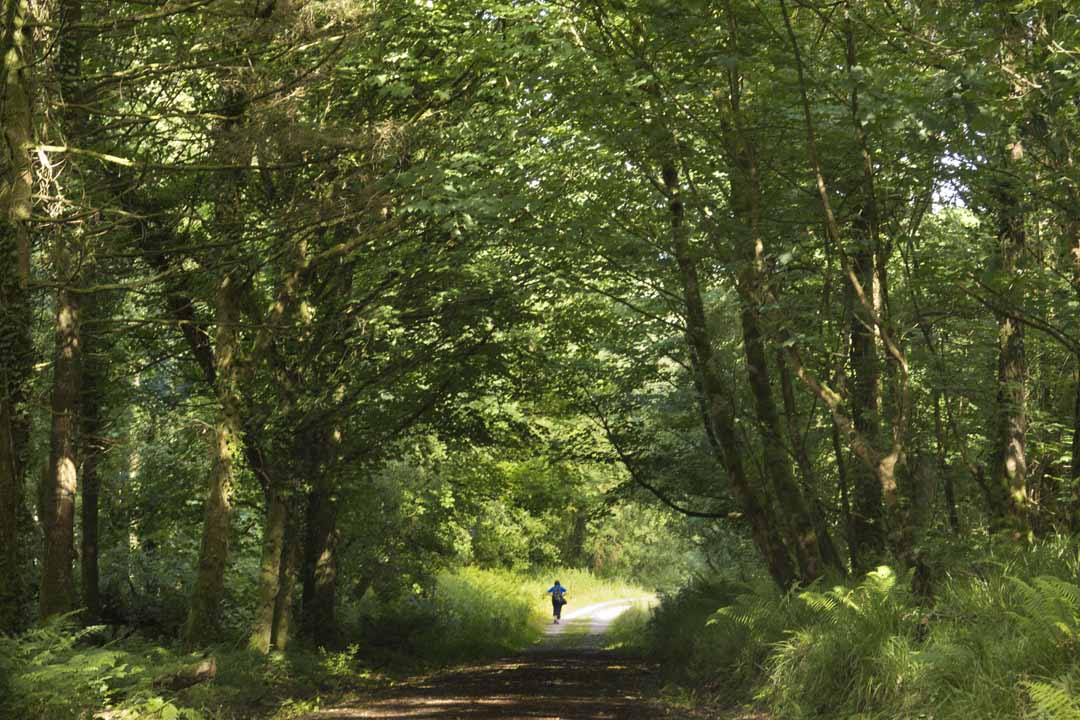
A generous helping of deadwood along with damp soil conditions provides the perfect habitat for mosses, lichens, algae, fungi and creepy crawlers of all kinds.
A generous helping of deadwood along with damp soil conditions provides the perfect habitat for mosses, lichens, algae, fungi and creepy crawlers of all kinds.
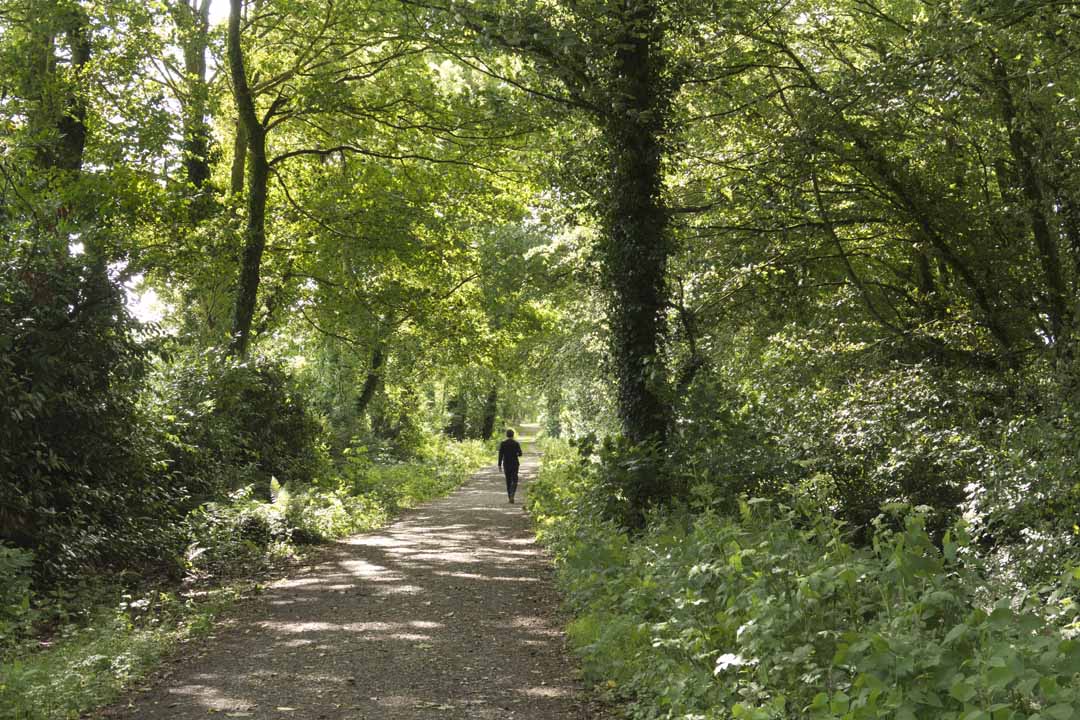
It is possible to continue on to the upper car park at the Kilmurry entrance
It is possible to continue on to the upper car park at the Kilmurry entrance
